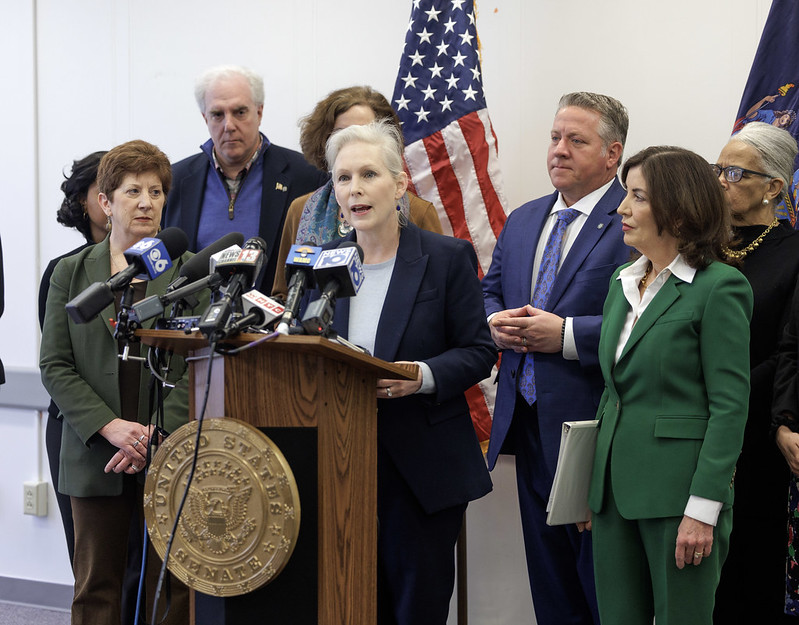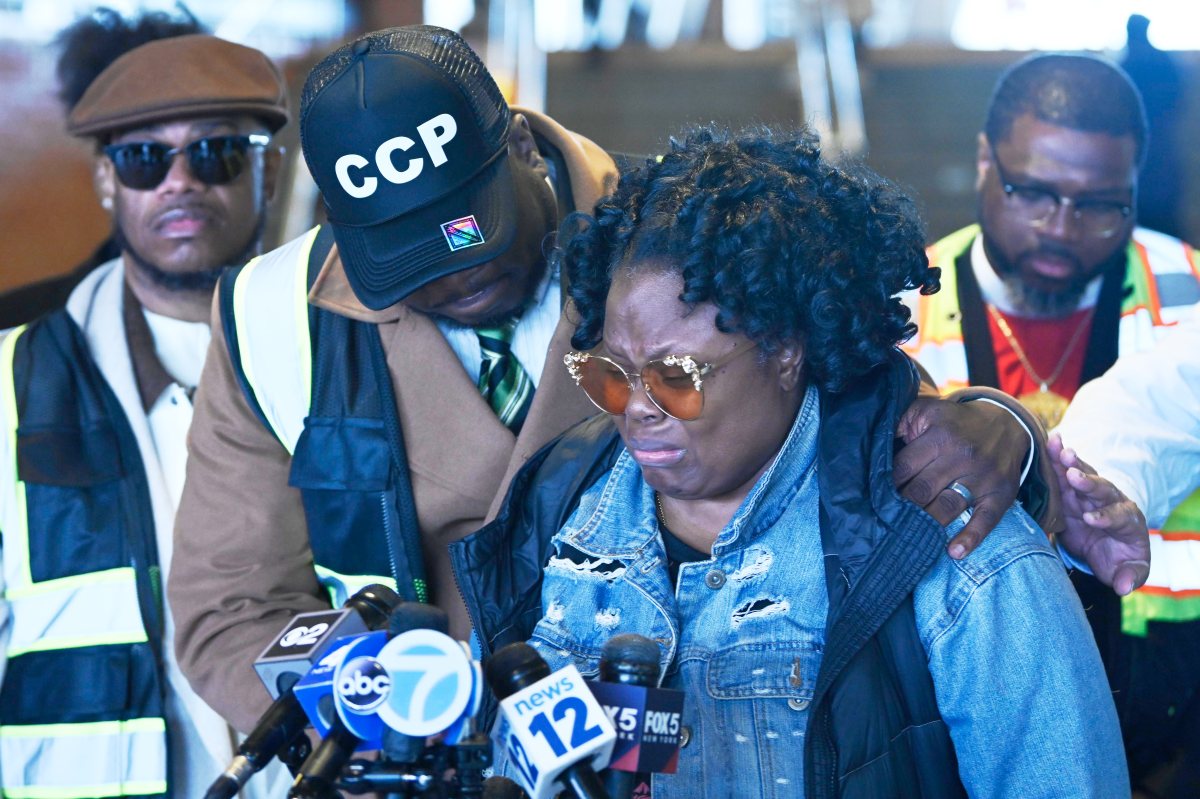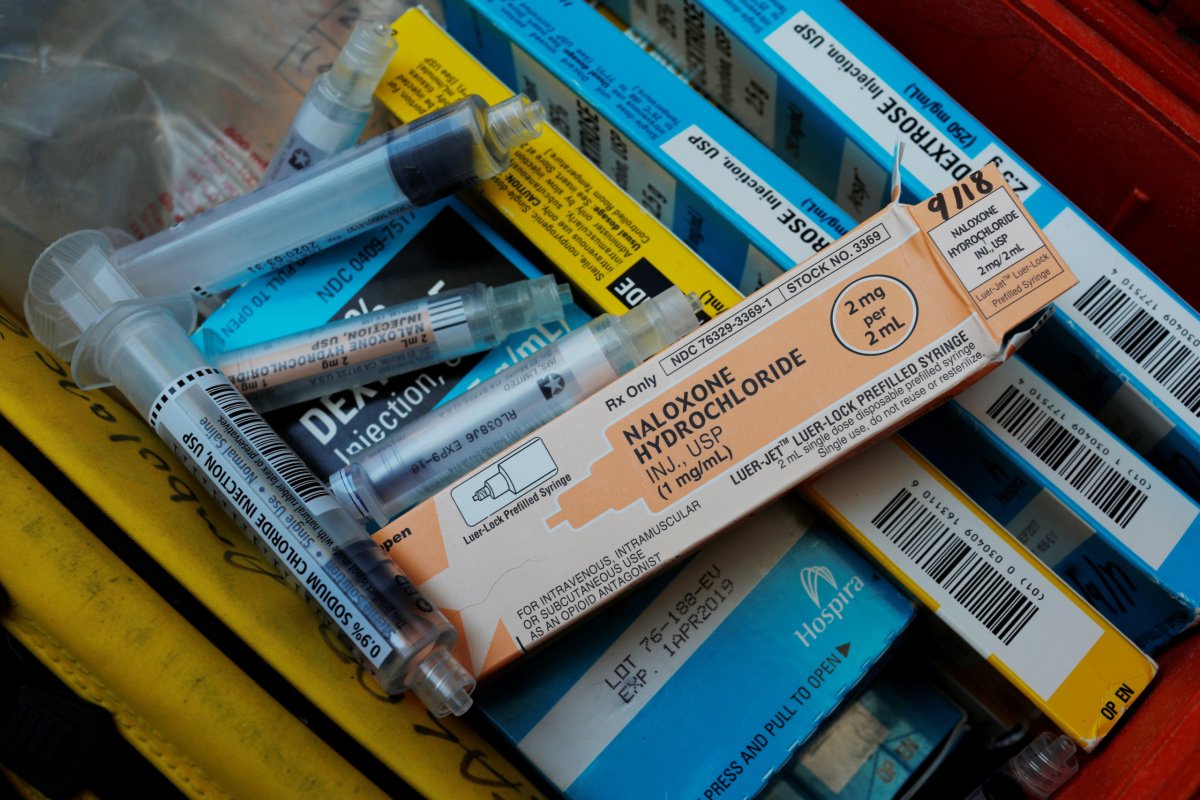From bad smells to serious asthma to high levels of radiation, the city is plagued by environmental concerns. Metro asked around to find out where some of the most toxic areas in this gritty city are — and it turns out they’re everywhere.
One site was even connected to the Manhattan Project.
Long Island City and Astoria have the largest concentration of power plants and supply the lion’s share of the city’s power, making for a very small area with a lot of energy-generating facilities, according to New York League of Conservation Voters Dan Hendrick.
Hendrick added that Newtown Creek and the Gowanus Canal, flanked on either side by increasingly populated neighborhoods including Park Slope, Red Hook and Greenpoint, are complex hazardous waste sites of historic industrial pollution, making the communities along these canals very high-risk for pure toxicity.
Both are on the Environmental Protection Agency’s Superfund priorities list, and concern about their status has revived since superstorm Sandy caused flooding into the surrounding areas.
The EPA also keeps a Resource Conservation and Recovery list: According to Carol Stein at the EPA, if a company is still in business and able to do its own cleanup they are classified as RCRA — avoiding the bureaucracy of the Superfund program.
Newtown Creek
More than 50 oil refineries, petrochemical plants, fertilizer and glue factories and coal yards were located along the banks of Newtown Creek, and many still operate today, producing pesticides, metals, polychlorinated biphenyls and volatile organic compounds that can easily evaporate into the air, according to the EPA. PCBs are used for fire prevention and insulation in transformers and capacitors, common elements in power plants. On top of all that, the city began dumping raw sewage directly into the water in 1856.
Harlem
The Department of Health lists Central and Eastern Harlem as problem sites for high rates of asthma — and according to Ogonnaya Newman at We Act for Environmental Justice, 90 percent of the city’s bus depots are there. The Mother Clara Hale Bus Depot in Central Harlem is a major concern right now as it undergoes renovation: We Act is hoping for better monitoring of the air quality there out of concern for the nearby home for the elderly, day care center, and housing.
Astoria, Queens
Triumvirate Environmental Incorporated in Astoria, formerly Chemical Waste Disposal Corporation, is on the RCRA list. Groundwater contamination is listed as the biggest concern at this site, and Stein explained that groundwater cleanup “usually takes a lot longer” than other issues. An EPA report on the site notes, “The state considers all its groundwater to be a potential source of potable water” — which may explain why groundwater monitoring is continuing.
1125-1139 Irving Ave., Ridgewood/Bushwick
City, state and EPA testing found residual radiation along this street. In September the EPA announced there was no immediate threat, but long-term exposure could pose a risk. One measure suggested to reduce exposure was the construction of a chain-link fence around an adjacent vacant lot “to prevent trespassing onto an area where radiation is present.” An EPA report notes that the former Wolff-Alport Chemical Company at 1127-1129 Irving Ave. had a contract with the Manhattan Project and the Atomic Energy Commission, the creators of the atomic bomb.
Summerfield Street, Ridgewood/Bushwick
A lone street on the Brooklyn-Queens border of Bushwick and Ridgewood is an EPA priority, due to a “cottage” at 59-44 Summerfield St., used as a mercury thermometer factory from the 1900s to the 1950s. It has been vacated and access is restricted by the Department of Health following mercury contamination found in the air inside and in the surrounding soil in the summer of 2011.
HONORABLE MENTIONS
South Bronx
Hendrick reported the South Bronx “is about as bad as it gets,” with “tremendous soot pollution and high asthma rates” because of trucks idling in traffic for hours on numerous freeways. Newman notes that it is not just a corridor area where cars are just passing through, but it also is home to bus and truck depots and sewage processing facilities. Newman also states that some trucks can’t take the Harlem River or FDR Drives, and have to travel through residential communities, spreading diesel pollution.
Gowanus Canal
The EPA reports that years of discharge from local manufactured gas plants, mills, tanneries and chemical plants operating along the banks of the waterways have made these some of the nation’s most extensively contaminated water, filled with PCBs, coal tar wastes, heavy metals and VOCs. And shockingly, some residents continue to fish and kayak there.
Williamsburg/Greenpoint
Greenpoint not only has Newtown Creek runoff to contend with, but these two neighborhoods handle the majority of the city’s garbage removal (80 percent when combined with Jamaica and the South Bronx), making for terrible smells and high traffic as short-haul trucks travel through. The city is moving to a marine-based garbage system — but because of fiscal constraints, they might be reconsidering, Hendrick said.
Follow Danielle Tcholakian on Twitter @danielleiat




















